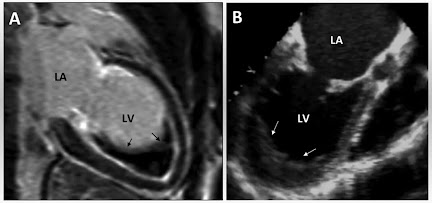Diphtheria
Definition - It is an acute infectious bacterial disease caused by corynebacterium diphtheriae found in clinical forms i.e. Anterior nasal, Pharyngotonsiller (faucial) and Laryngotracheal. The bacteria produces a powerful exotoxin locally and it is responsible for the formation of pseudo-membrane, local oedema and lymphadenopathy with sign of toxaemia.
Agent factors -
AGENT - Corynebacterium diphtheria. It is a gram +ve
non-motile organism and it has no invasive power but produce a powerful
exotoxin.
(a) Pathogenic
strain – Gravis, mitis, belfanti and intermedius.
(b) Non-pathogenic strain –
They are capable to change into pathogenic strains due to ß-phase.
INFECTIVE MATERIAL –
Nasopharyngeal secretion and contaminated wounds, fomite and dust.
SOURCE OF INFECTION - (a) Case (5%) – mild and frank clinical cases. (b) Carrier (95%) –
Temporary and chronic carrier
PERIOD OF COMMUNICABILITY –
14-28 days from onset of disease or till two throat cultures are negative
Host factors -
AGE – Usually 1-5 years
SEX – Equal in both sexes.
IMMUNITY – Passive immunity formation up to few
months of birth (70% herd (group) immunity up to age of 3 years and 90% up to 5
years.
ENVIRONMENTAL FACTORS – Winter season is
favorable but cases can be seen throughout the year.
Incubation Period - 2-6 days
Mode of transmission – Direct droplets, droplet nuclei and freshly
contaminated fomite
Clinical features -
PHARYNGO-TONSILLAR – Sore throat, mild to moderate fever (On examination – Erythema at pharynx and
tonsils, formation of pseudo-membrane “greenish black or bluish white” initial
can be wipe off easily but later it can’t be wipe off and attempt can cause
bleeding), submandibular edema and localized lymphadenopathy (bull neck
deformity)
LARYNGOTRACHEAL (It is always secondary) - Croupy cough and hoarseness of voice
NASAL - Formation of pseudo-membrane in nasal mucosa.
NON-RESPIRATORY DIPHTHERIA - Cutaneous diphtheria (infective material - come in contact with wound), conjunctival diphtheria and vulvar diphtheria.
Schick test -
Schick test
|
Diphtheria anti-toxin
(test arm)
|
Inactivated diphtheria anti-toxin (control
arm)
|
+ve
|
Test arm +ve
|
Control arm –ve (susceptible)
|
-ve
|
Test arm –ve
|
Control arm –ve (immune)
|
Pseudo-positive (false)
|
Test arm –ve
|
Control arm +ve (allergic)
|
Combined
|
Test arm +ve
|
Control arm +ve
|
0.2 ml toxin given on forearm and
5-10 mm erythema (red area) indicate +ve test.
|
||
Prevention
and control –
1.
Early detection
2.
Isolation
3.
Treatment
4.
Vaccination – (dose of vaccine is
0.5 ml IM, 6,10, 14 weeks, 15-24 month and 5 year)
a. Single
vaccine
i.
Formal toxoid (FT)
ii.
Alum precipitated toxoid (APT)
iii.
Purified toxoid aluminium phosphate
(PTAP)
iv.
Purified toxoid aluminium hydroxide
(PTAH)
v.
Toxoid anti-toxin floccules (TAF)
b. Combined
or mixed vaccine
i.
Diphtheria pertussis tetanus vaccine
(DPT)
ii.
Diphtheria tetanus toxoid (DT)
iii.
Diphtheria tetanus toxoid (dT –
adult type)
c. Antisera
– Diphtheria antitoxin
Similar Posts -






No comments:
Post a Comment
Please do not enter any spam link in the comment box